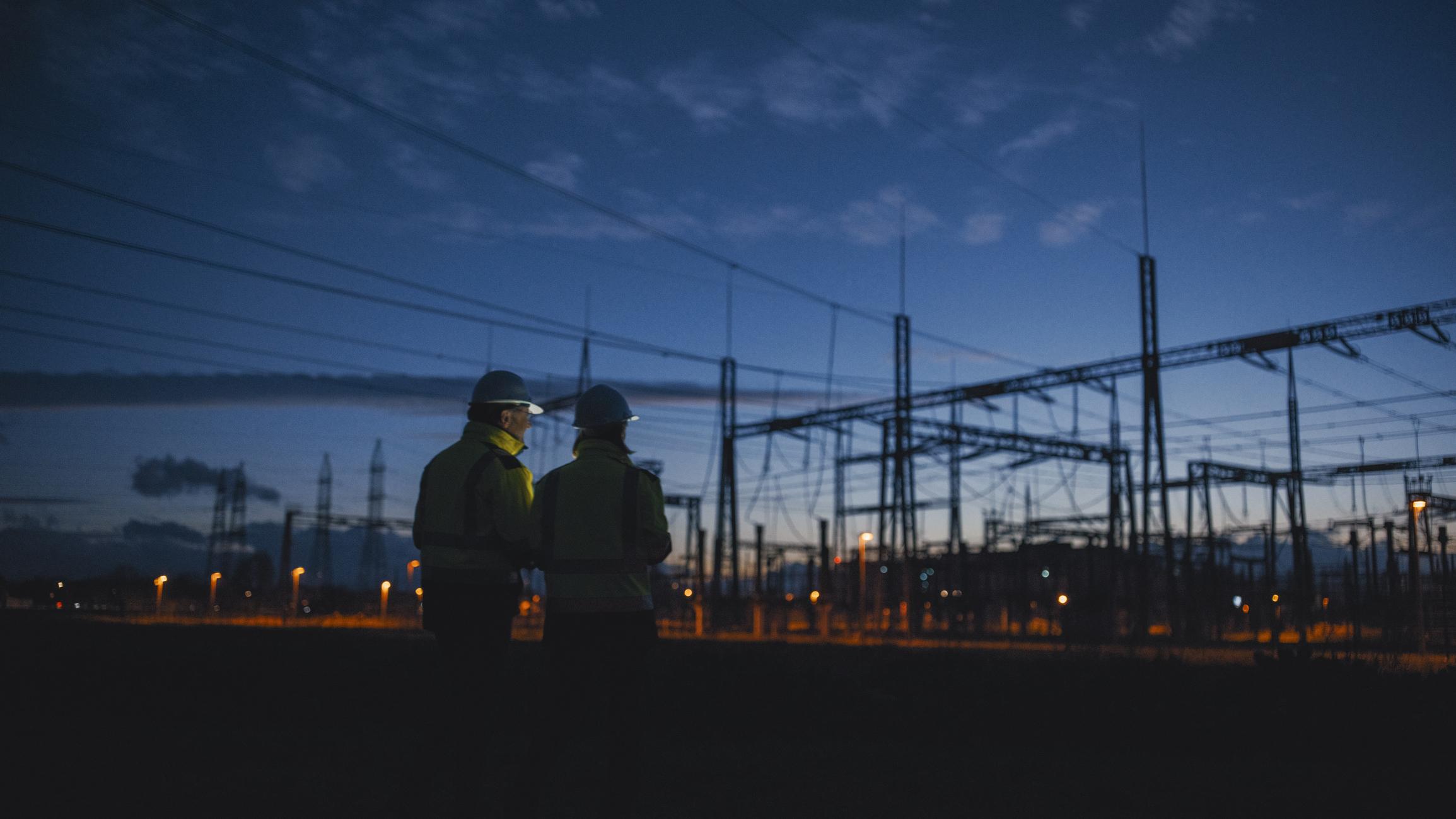INSIGHTS
The Ramp Down of Coal and The Ramp Up of Peakers

The forecast is clear: increased capacity is needed. But what is the answer?
Most power producers believe that emission-free clean energy sources are an answer to the underlying causes of climate change. But therein lies the challenge: balancing these resources to power our electrified world on the path forward to mitigate the climate crisis while maintaining equitable prosperity and economic growth.
In the past two decades, renewables have nestled themselves as an important part of the energy mix. Despite the many advantages of renewables and the progress they have supported over the years, the he variability of renewables is why electricity generators are reducing their effective load carrying capacity (ELCC) for solar and wind power. As a result, dispatchable generation remains vital to always ensure stable power supplies. In the past five years particularly, our relationships with energy and energy usage have changed in many ways. More people are using more power and technology is requiring more energy.
Despite this, a general pattern has been discerned: solar power production peaks in the middle of the day, but peak power demand is later, from approximately 4:00-9:00 pm, depending on the region. The mismatch between production and demand creates what has been referred to as the “duck curve.” However , in areas of high solar penetration, this so-called “duck curve” is becoming a “canyon curve” as solar production soars at midday, and then peak demand jumps even higher in the early evening hours as solar production declines.
One trend the market fully anticipates is the continued retirement of coal plants. On the surface, this is a positive and environmentally conscious trajectory. However, the acceleration of retirements (due to new regulations and policy) will compound the mismatch between supply and demand. Since most coal plants operate as baseload, no amount of renewable energy sources can securely and reliably replace the amount of energy being taken out of the system in real time.
This developing “canyon curve” is the context for why peakers will grow and transition to advanced technology heavy duty gas turbines. Here, a simple truth emerges: while renewables are an integral part in the larger energy transition, their inherent generation profile cannot meet baseload requirements and the sheer need for megawatts in coming years. Utilities need dispatchable generation to complement high renewables penetration. For the windows where the sun isn’t shining and the wind isn’t blowing (but the huge peak in demand remains), flexible, dispatchable energy is the key to meeting demand.
Here, peakers and storage systems come into play in the energy ecosystem. Energy generated in off-peak hours can of course be stored in batteries, and the value in energy storage is becoming more acutely recognized as being essential to a grid that can meet the demands of the future. But the ELCC situation is the same — adding more batteries means charging them from the same generation source. As a result, in the current market, dispatchable generation such as combined cycle or peaker plants are premium options to fulfill demand.
We know that peaker plants are more important than ever, and customers need advanced technology heavy duty gas turbines that are more efficient – and more powerful – than ever.
Explore the key role of peakers in decarbonization and how new solutions are helping meet the need for increased capacity on the path to net zero by downloading our playbook here.
As the world looks to achieve aggressive decarbonization goals, the question remains: How can growing energy needs be met in an efficient and reliable way?
Download Guidebook


